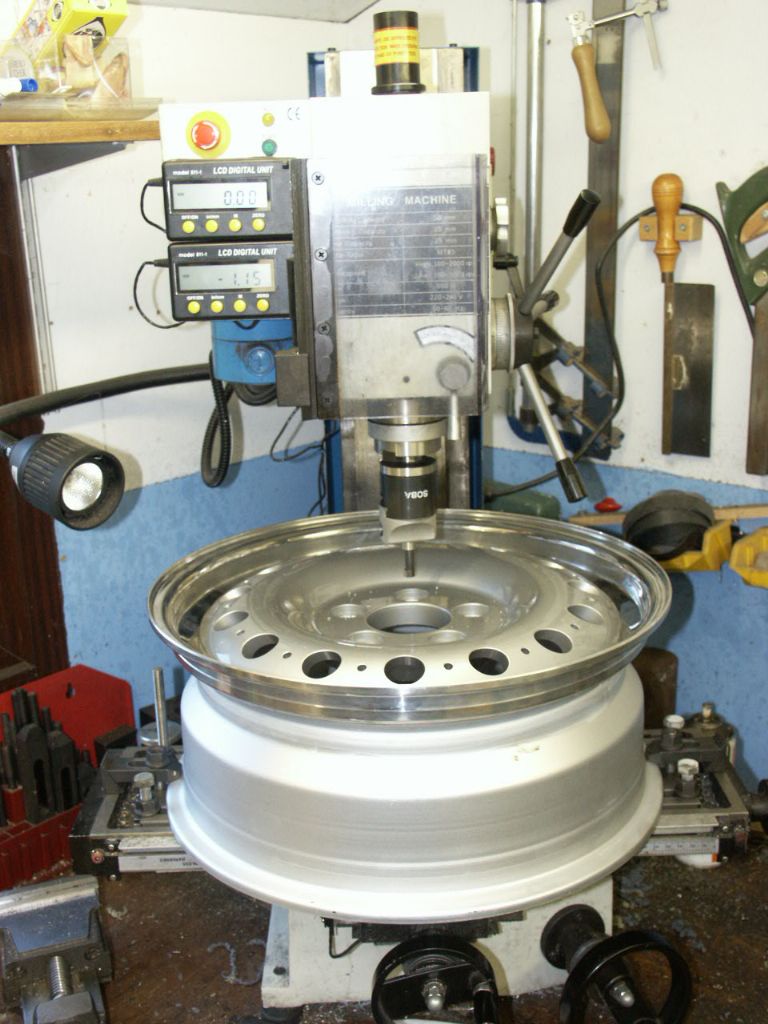Yes, yes, yes. Even Euclid would have used simultaneous equations, if the three points were truly random. Need two equations to solve with two unknowns. Not actually difficult, as a mathemetician, but just necessary.
'All' Euclid did was to give the unknowns arbitrary values and develop a formula from x, y, z, etc algabreically and prove it geometrically. The proof meaning that it worked for any measured values you might choose. He was a great mathemetician of his day, but whether he actually worked them all out himself, as the first to ever do that, is questionable. Some were doubtless simple (or complex) proofs of other's already practical knowledge. He actually documented all the proofs as a record at that time. He did get one or more wrong, mind?
This problem is made simple by knowing the number of points around the PCD. The answer can be documented to as many decimal places as you wish, but Euclid didn't work in decimals, did he? Halves, quarters eighths, etc would have been his units for values less than units still? But Euclid's Theorems did not require units to be proofs. Inserting values into theorems is still required to solve the problem, to arrive at a definitive answer for any set of data points – to however many significant figures you care to work to.
Mark C.






